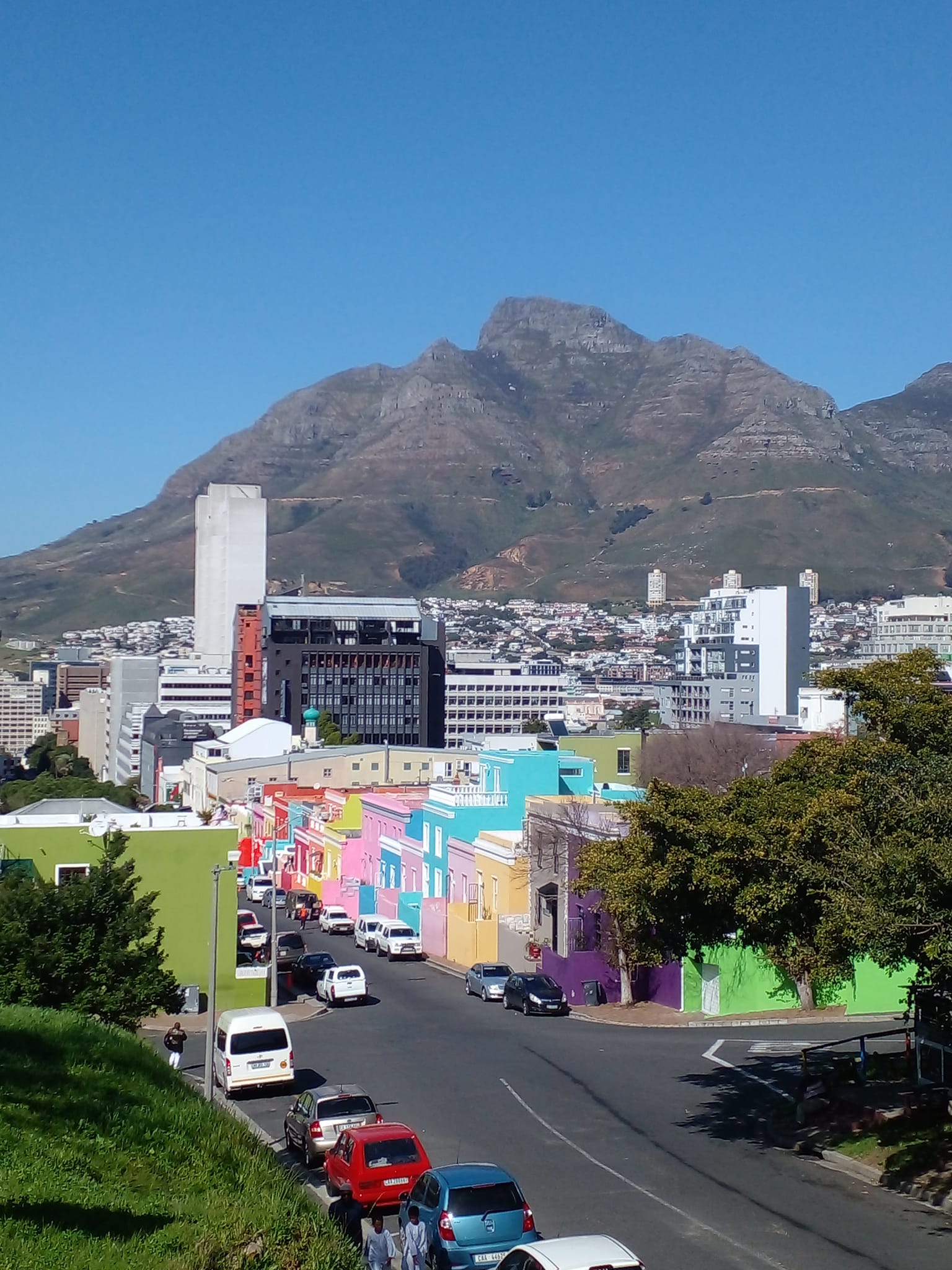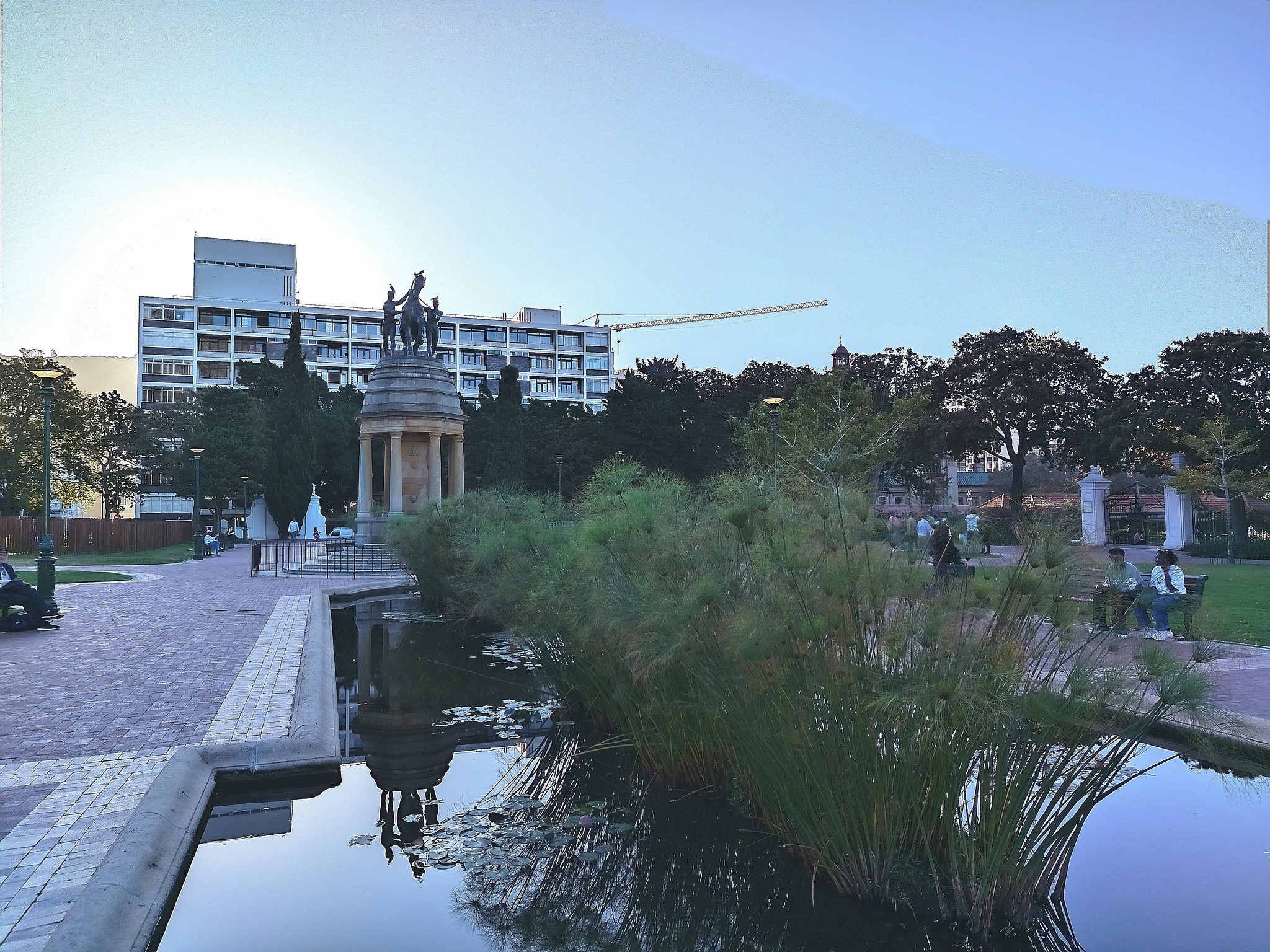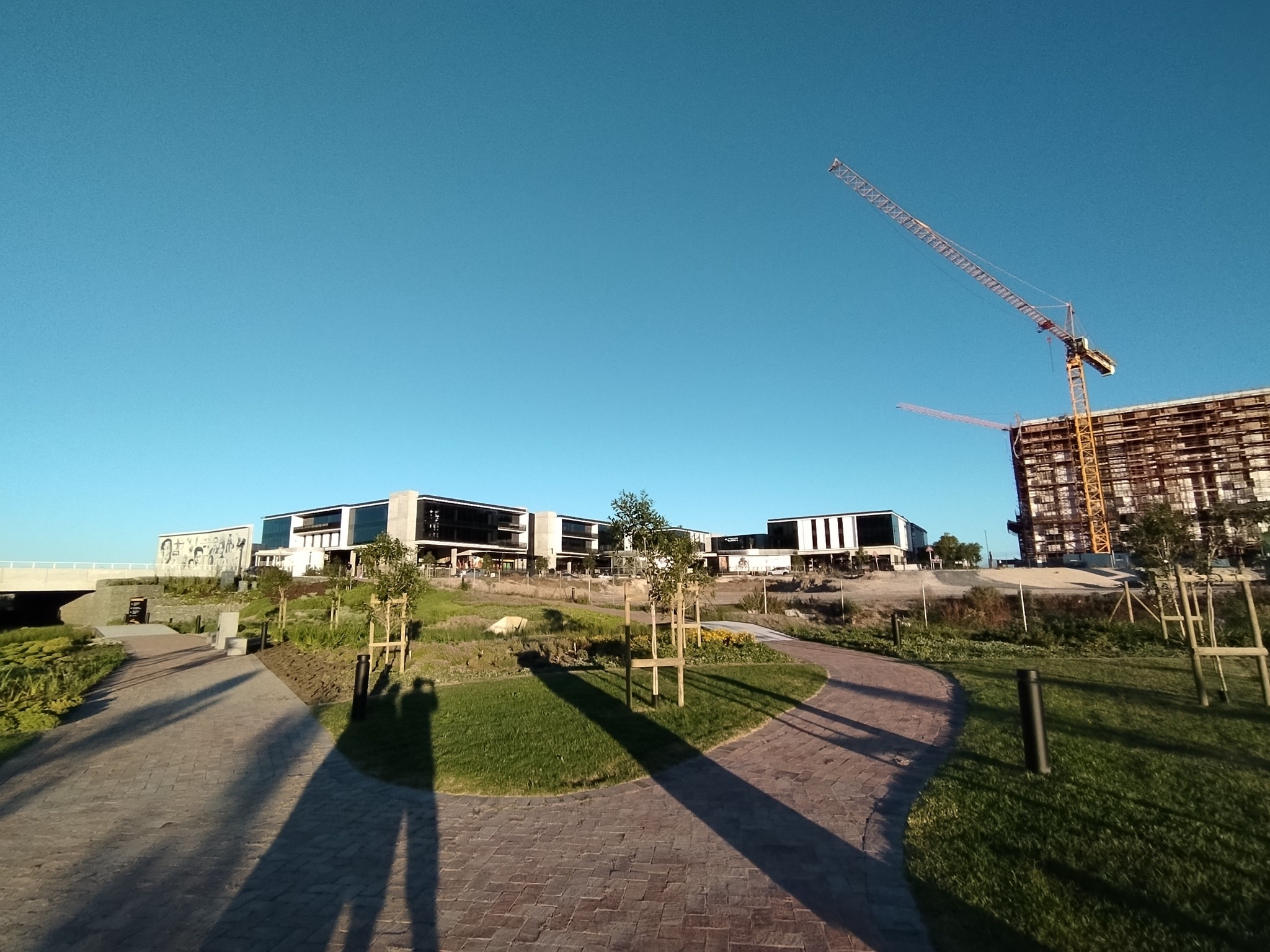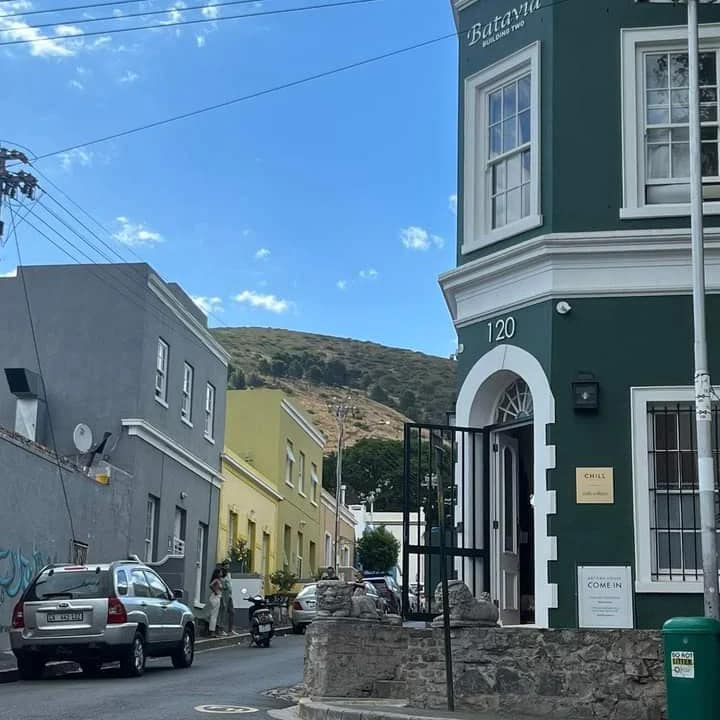City development in South Africa should
embrace the African Dream, based on village life.
- By Gerald Garner
What is holding South Africa back, is its fixation with the American Dream. The idea that urban living should be based on single homes, each located on a single plot, fenced in and housing a single family. It is totally economically unsustainable, especially if considered that the majority of South Africans do not live in family setups with two parents and children in one house. Such an artificial dream, could only be achieved if the majority of people were kept out the cities and relegated to a rural life, far away – and that is exactly what the Apartheid government tried to achieve.
With a significant urbanization since 1994, it is the outdated form of suburban living (coupled with zoning that requires you to drive from zone to zone by working in one area, shopping in another and residing elsewhere) that harms the progress of South Africa most. In the case of Cape Town, its population has grown from 2,2-million in 1994 to 5,1-million in 2025. This is an increase of R2,9-million people in 31 years or 132%. Yet the basic urban form of Cape Town has remained the same throughout this period.
This is most obvious in Khayelitsha, a township created in the dying days of Apartheid (1985). By then PW Botha, under international pressure against apartheid, had no other choice than to lift the influx control laws (the remnants of the passbook system which prohibited freedom of movement). Khayelitsha was planned as a ‘suburb’ of 30 000 people who would live in single story dwellings, each on a different plot. But by 1990 as many as 450 000 people were crammed into this township, mostly living in shacks. While some efforts have since been made to improve this situation, under successive ANC and DA governments, the situation largely remains the same.
If the concept of suburban development with single houses on single plots had to be continued, and everyone in Cape Town housed in this way, all the valuable agricultural land, nature areas, heritage places and open spaces would be covered by housing. Especially so, if this had to entail the roll out of more and more roads for people to access their homes by motorcar. There simply would be no leafy Constantia or fynbos dominated national parks left over, let alone wine farms!
While the city centre, city bowl and Sea Point has shown a different possibility for city development that does not try to follow the suburban dream, these areas mostly cater for the wealthy and upper middleclass. We need to expand the concept of denser living to everyone.
What South Africa needs is the adoption of an African Dream. This would entail village living, rather than suburban living, Urban living could indeed be based on village life. Where people live closer together and share quality civic space, including high streets, village squares, meeting places, schools, sportsfields, parks and more.
It would require much denser development, lining quality public spaces and NOT giving the majority of space away to the motorcar (roads and parking). It would require a village approach to life where the majority of people could walk easily to what they need – whether it would be to go to work, to school, to shop or to meet for leisure., and it would entail efficient public transport.
Denser development must not be confused with the ‘elevated suburban model’ seen all over South Africa at present. Areas such as Fourways and Midrand in Johannesburg, and Parklands in Cape Town are prime examples where complex development flourishes with multi-story apartment blocks overlooking wastelands of tarred roads and parking space. Every resident requires a car to go anywhere as it is impossible to walk to any amenities. While this may create ‘denser’ living with more people per hectare it completely fails at giving residents access to the city, to quality public space and to quality public transport – and it creates a traffic nightmare.
The concept of the luxury estate is as compromised, as it is nothing else than walled-in suburbia. Development around the winelands in Stellenbosch falls into this category. Increasing the pressure on building roads and covering productive agricultural land with housing where people live far from village life.
By creating better cities, that make urban village life possible, and where people of all income groups could live closer to work, schooling and opportunity, South Africa could improve the quality of life for all. In the end the South African conundrum is indeed about land, but not about land in the form of a farm or a suburban plot. But about living space that provides access to the economy, and not to a place that locks you away in an island of poverty, without access to the economy.
Cities should focus on developing industrial wastelands, lost open space and underutilized land within their boundaries. In Cape Town, areas such as Ysterplaat, the apartheid buffer strips, disused railway sidings and other unproductive public land come to mind. Already a concept such as Riverlands (where Amazon is located) shows some potential for this idea. But everything does not have to be glitzy and involve glass castles in the air. The community form of living that is visible in the old Bo-Kaap, and the older parts of the Waterkant, show what village living in the city could look like.
Yet, dense village living, would require quality public space and walkable streets. Sea Point shows the way for apartment living, but the city should pay much more attention to the promenade as a shared space not only for the residents of the area, but the residents from all over the city who flock there to enjoy a seaside walk and exercise.
People must be brought closer to the city and economy. Not further away. There should be no space for the concept of suburbia or townships in South Africa. Nor does it have to mean destroying all of the existing greener suburban areas in our cities. Significant landscapes such as Constantia should certainly be preserved and protected. But this too could only be achieved if the more central parts of the city were developed denser, based on a village concept of life that catered to all and relegated no-one to an isolated township or suburb. This would create a better village life for all!



